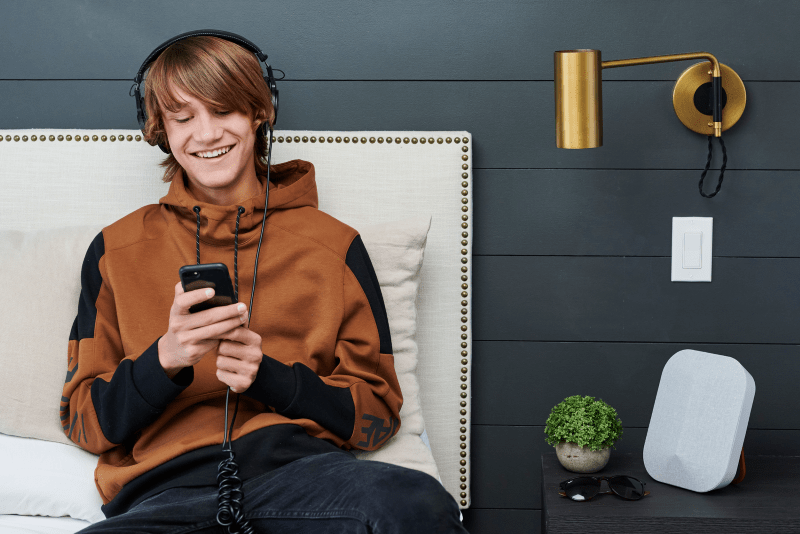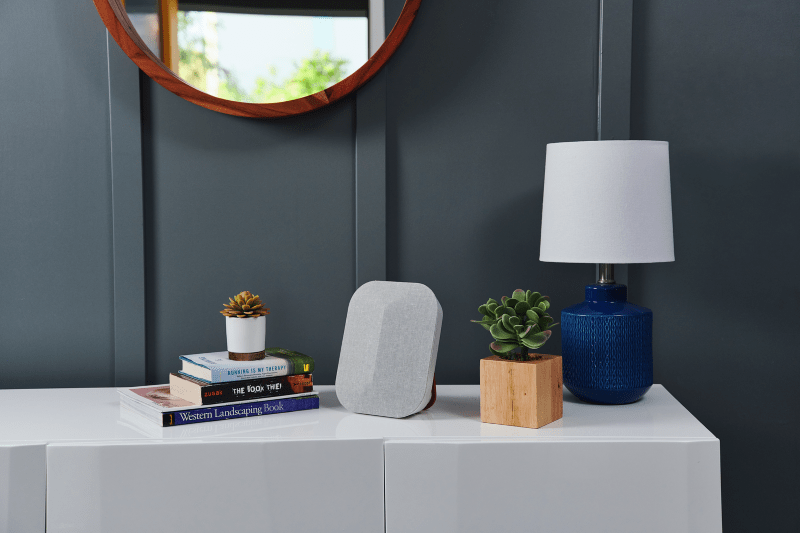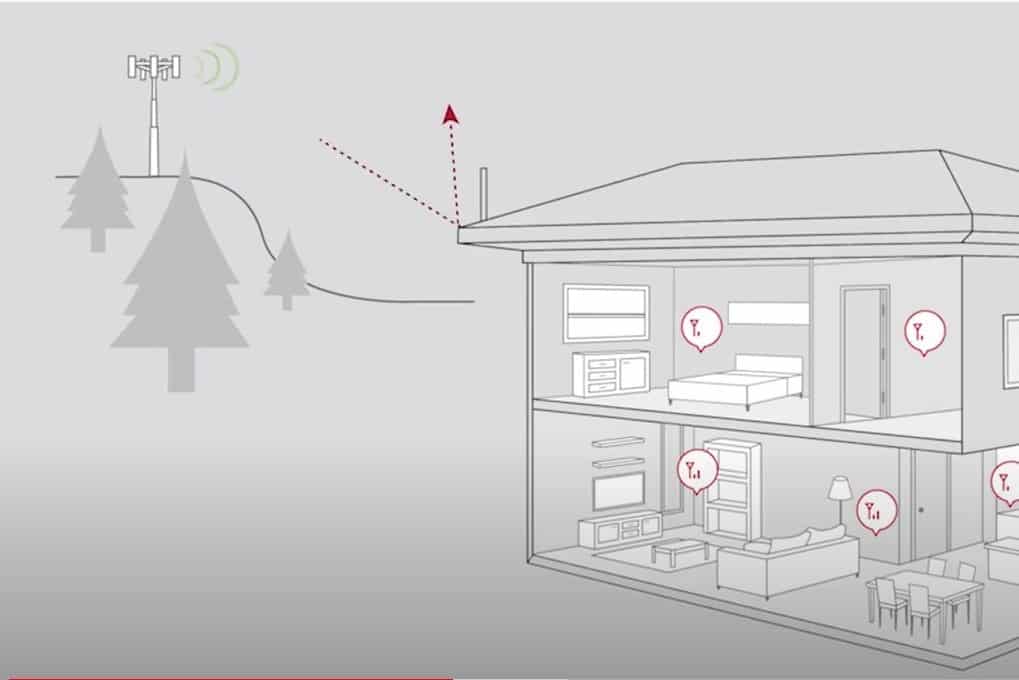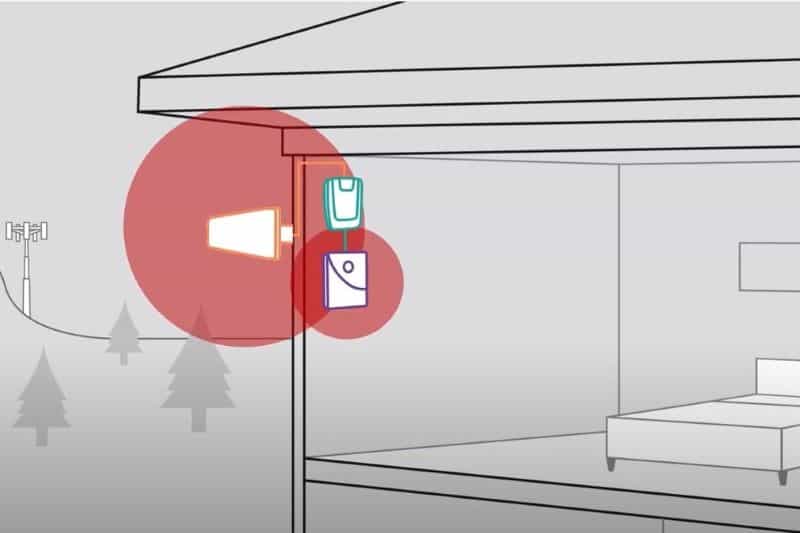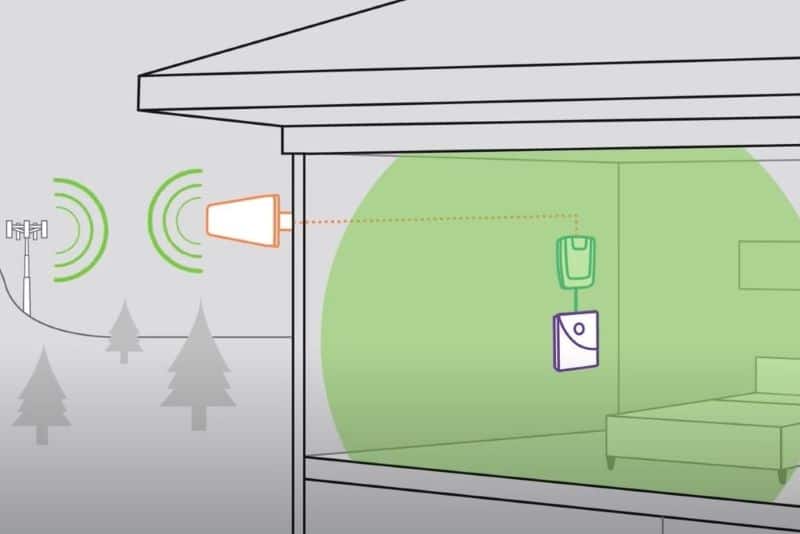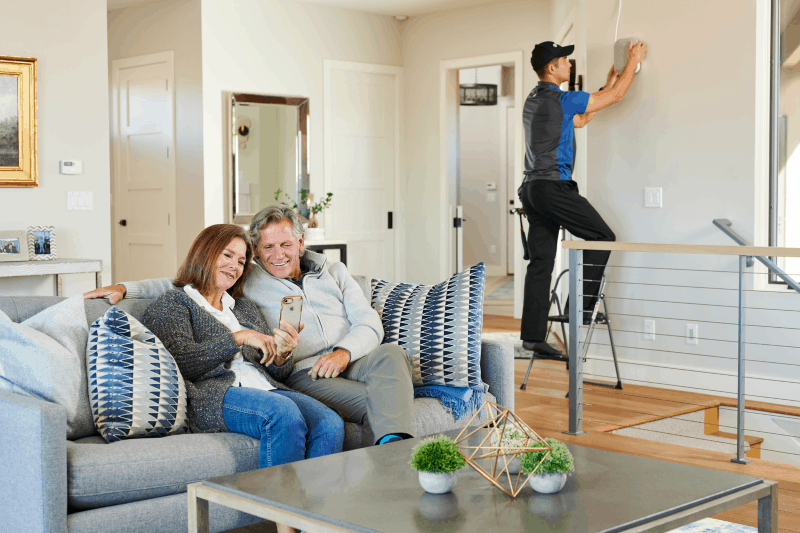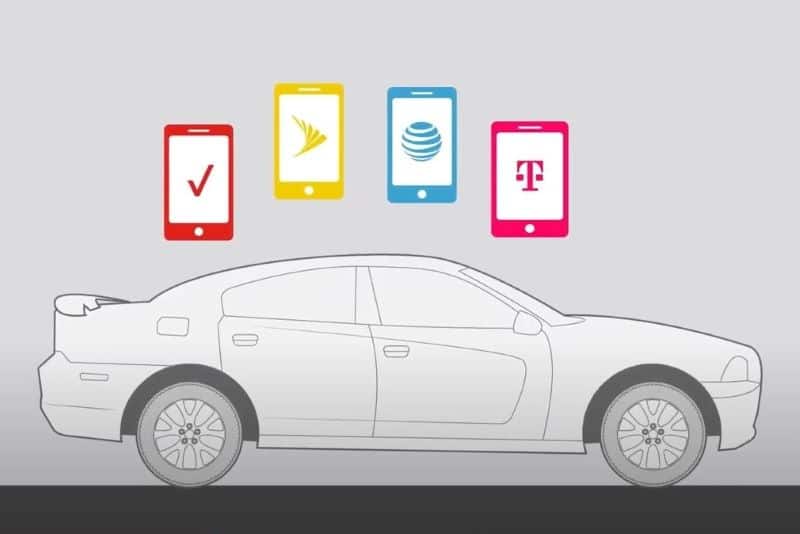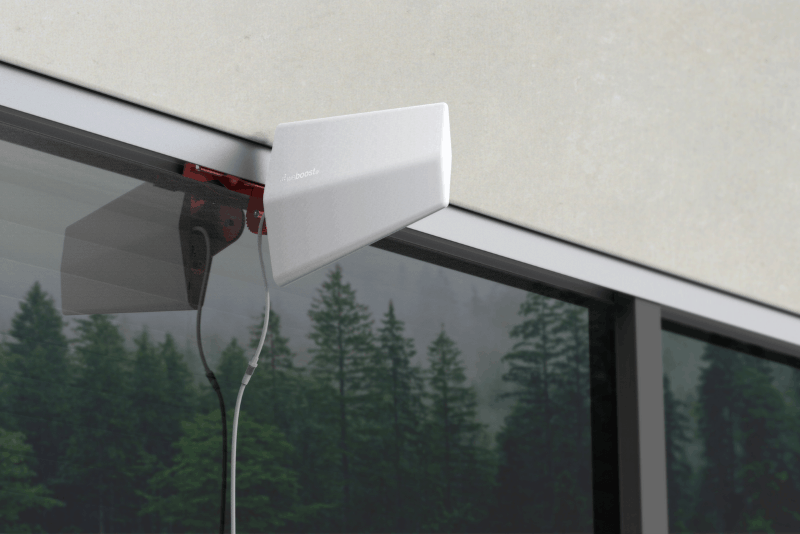Will a Cell Signal Booster Help? 5 Ways to Tell
Posted on 2/21/2023 by Izzy Jack
Whether you’re calling into work, texting friends, or checking your email on the go, you likely have your cell phone within reach. Despite the ubiquitous use of smartphones, you’re still at risk of being disconnected whenever there’s not good cellular signal available. But will a cell signal booster help in your case?
If you’re experiencing dropped calls, delayed texts, and slow data speeds, then a weBoost cell phone signal booster could be the solution you need for your home, business, or vehicle. A signal booster pulls in any available cellular signal and amplifies it — giving you reliable connectivity where needed.
So, will a cell signal booster help you? Check out this handy guide to find out.
A weBoost cell phone signal booster will help you if:
1. You bring stronger outdoor cell signal into your home, business, or vehicle
If you pretty good cell coverage until you step into your house or business, or if the signal is spotty in certain rooms indoors but works better outside, then a cell signal booster will probably help you. It amplifies faint signals received from the nearest cell tower, boosts them, and then sends them to areas that need coverage, such as a basement recreation room or dead zone upstairs. You can choose from our line of cell signal boosters for your home or business to get coverage for one room, several rooms, or an entire structure — depending on your connectivity needs.
So, what about when you’re on the road? Will a cell signal booster help there? Yes! An in-vehicle booster optimizes connectivity inside your car or SUV, truck, or RV. And it works whether you’re in a remote area with weak coverage, or a part of the city where concrete high-rises and network traffic interfere with cell signals. Browse our line of cell signal boosters for vehicle to find one that’s best for you.
For off-road and overland adventure seekers, weBoost has a class of cell signal booster to help you specifically. With a rugged and foldable outside antenna and plenty of customization options, Drive Reach Overland reaches the farthest antennas, so you can get emergency help or stay on top of the rest of your life from the backcountry.
2. Your home or vehicle is made of signal-blocking materials
And chances are, this is the case. Buildings and cars are made out of durable materials for safety and strength. The trade-off is that these outer shells can sometimes obstruct radio frequency waves, which is what a cell signal is made of. A cell signal booster can enhance signal strength when these common signal-blocking materials are present:
- Brick
- Concrete
- Metal
- Steel
- Wood
- Fiberglass insulation
- Energy-efficient windows containing a coating of metal oxide
A cell signal solves the problem by pulling in the available signal with an outside antenna. It sends the signal inside your home or vehicle, ensuring better coverage so you won’t need to step outside to make a call.
3. You can create enough space between the inside and outside antennas
A signal booster has two antennas:
- One outside the building or vehicle to pull in the cell signal from a nearby tower.
- One inside the building or vehicle to send the signal to the areas you need coverage.
The signal booster requires the indoor antenna to be certain distance from the outside antenna. This is known as the minimum required separation distance (MRSD). Each weBoost signal booster has a required MRSD. So the question is, in the real world, will a cell signal booster help if you can’t achieve that distance? Honestly, inadequate distance will have a huge impact on performance.
If it’s not strictly observed, the antennas pick up each other’s signals, creating oscillation. This feedback loop creates risk for the mobile network, so the booster will automatically reduce its gain. That means you won’t get optimal performance, and may not get any boost at all.
You can find the MRSD for each booster model in the installation guide. As a general rule of thumb, the indoor antenna needs to be away from the outside antenna by a distance of 20 feet vertically or 50 feet horizontally, measured as a straight line. If this isn’t possible, a combination of the two can also work.
4. Your booster installation options are a good fit for your building or vehicle
Once you’ve chosen the right signal booster for your home, business, or vehicle, you need to get the device up and running. weBoost cell signal booster kits come with the components needed for do-it-yourself installation.
When installing the signal booster in your home, you must mount:
- The outside antenna in a location that picks up the best signal.
- The inside antenna where you need the greatest signal boost.
- The signal booster in a well-ventilated area with a power source, typically at least 24 inches away from the inside antenna.
You then run cables from the antennas to the booster, plug in the booster, and turn it on. Depending on the booster you choose, DIY installation can take an hour up to several hours, and requires certain tools.
Fortunately, for your home or business you can leave the installation to an expert. The weBoost Home Complete signal booster can be purchased with installation included. And our best-in-class small business booster, Office 200 Pro Installed, also comes with professional installation. Once you receive the booster, it’s easy to schedule an installation with OnTech, our nationwide network of certified installers. The technician customizes the installation to your home or business to give you optimal cell signal coverage.
If you want to go the DIY route, you’ll find these videos helpful. The weBoost App also offers installation instructions, videos, and an easy way to contact our support team.
How to install a booster in a home
How to install a booster in a car
How to install a booster in an RV
5. You want to boost devices from different carriers
Some brands of cell phone boosters are carrier-specific, but weBoost models are compatible with all major carriers in the United States and Canada. This means the boosted signal is available across all cellular devices and carriers. You can:
- Benefit from the booster even if you change carrier plans.
- Provide an enhanced signal to anyone who’s living, visiting, or traveling with you, even if they use a different carrier.
Working with every major carrier is what makes weBoost signal boosters a better solution over femtocells or microcells that only support one carrier. Our boosters are FCC-certified and will improve, 3G, 4G LTE, and Nationwide 5G for years to come.
A cell phone signal booster WON’T help you if:
1. You have zero existing signal outside
A signal booster only does its job if there’s an available cell signal outside to boost. If you can’t pick up any signal outdoors at all or need to drive a certain distance away from the house to make a call, this indicates there aren’t any radio frequency waves for the booster to amplify. Keep in mind that you can’t determine if a signal booster will work based on how far you have to drive to pick up a signal. Sometimes, 10 miles is too far; other times, one block is too far.
Both iPhones and Android phones have a field test mode that you can use to measure the actual signal strength in decibel milliwatts (dBm), which is the industry standard measure. The field test mode tells you both the available signal strength and type of network, such as 2G, 3G, 4G, or LTE.
The weBoost App will show you how to find and use field test mode, plus help you find the nearest tower (essential when deciding which way to aim your booster antenna).
2. You want to boost cellular reception outside a vehicle or structure
Will a cell signal booster help you make calls from the backyard? Probably not. Sure, it’s useful to have cellular connectivity outside so you can be reached while working in the garden or playing with the dog, but signal boosters are designed for indoor use. Boosters work by bouncing the signals within an enclosed space. The amplifier component isn’t designed to be left out in the weather and must be plugged into a power source.
3. You want to boost your WiFi
Cell phone signal boosters can only improve your cellular connectivity. If you’re experiencing slow internet speeds or finding that your WiFi drops out in certain rooms in the house, check the location of your internet router or contact your internet service provider. The only way to use your phone’s cellular signal to give an internet connection to other devices is through a mobile hotspot or 5G home internet now offered by some cellular carriers. Be sure to monitor data usage to avoid a surprise bill, though.
Will a cell signal booster help deliver voice calls and faster data speeds in your home, business, or vehicle? Under the circumstances above, the answer is a resounding yes! Learn more about the boosting the speed and reliability of your cellular coverage with weBoost. If you have any questions, our U.S. support team is here to help.
